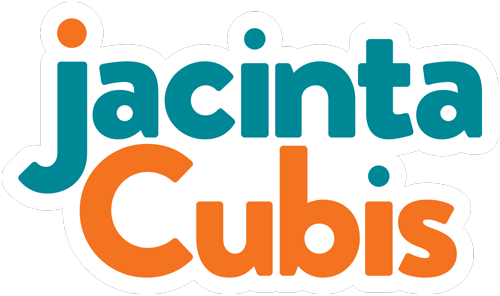Trust + Transparency = 'Trustparency'
“Trust is the easiest thing in the world to lose, and the hardest thing in the world to get back.” R.M Williams.
Trust is complex. Easily lost, hard to regain. It can be eroded gradually or in one fell swoop. What is clear is that there’s no trust without transparency. In supply chains. In banks. In politicians. In partnerships.
Recently, a client was disappointed to discover that the paper one of their external partners presented at a conference differed significantly from the content agreed by the group. An unfortunate oversight? “We’d only just revisited our communication strategy,” she complained to me. “We decided that any communication about our collaboration be agreed amongst partners.”
Another client was vexed by last minute changes a funding partner wanted to make to a project, weeks after deep discussions that led to agreement about its purpose, scope and outcomes. “They often do this,” he sighed. “It looks like we’ve got agreement and then they send an email, at the last minute. I wish they would say what’s on their mind when we’re all in the same room.”
Holding your cards close to your chest might give you a better chance of taking home the winnings in a poker game, but you need to show your hand if you’re collaborating to create a better future for communities.
One way I’ve found useful to start is for partners to talk about what trust means to them, and give examples of the sort of behaviours that go with ‘trust’. For one it could be ‘no surprises’ at a partnership meeting. For others, it could mean doing what you say - fulfilling commitments to time, to reporting, to sharing information and data, to projects.
For the partnership practitioner, often acting as the ‘glue’ between partners, it could mean encouraging ‘radical transparency’ as described so compellingly by Susan Scott. This means creating a safe and compassionate space for partners to say what they really think to each other in person, with sincerity, respect and consideration. And guiding them to do this in a way that invites others to disagree with their viewpoint and welcomes the opportunity to explore different points of view, with genuine curiosity.
If a viewpoint is expressed in a way that shuts down the conversation, the problem at hand won’t vanish. And doing it by email won’t bury it either. Not talking about a challenge or a problem won’t make it disappear. To paraphrase Scott, ‘if a problem exists, it exists whether (partners) talk about it or not’. In other words, the elephant will stay in the room.
If it were easy to raise an uncomfortable issue or state a different point of view, we’d all be doing it. There’d be no hidden agendas. Scott recognises that it’s hard and that there’s no perfect alignment of time or circumstance.
A collaboration can be humming along purposefully on a strong foundation of mutual trust, when an unhelpful email, a corridor conversation or a surprising action can quickly undermine that trust. These are inevitable in any relationship, but a courageous partnership practitioner can heed Scott’s advice and turn things around to encourage transparency and sustain trust.


